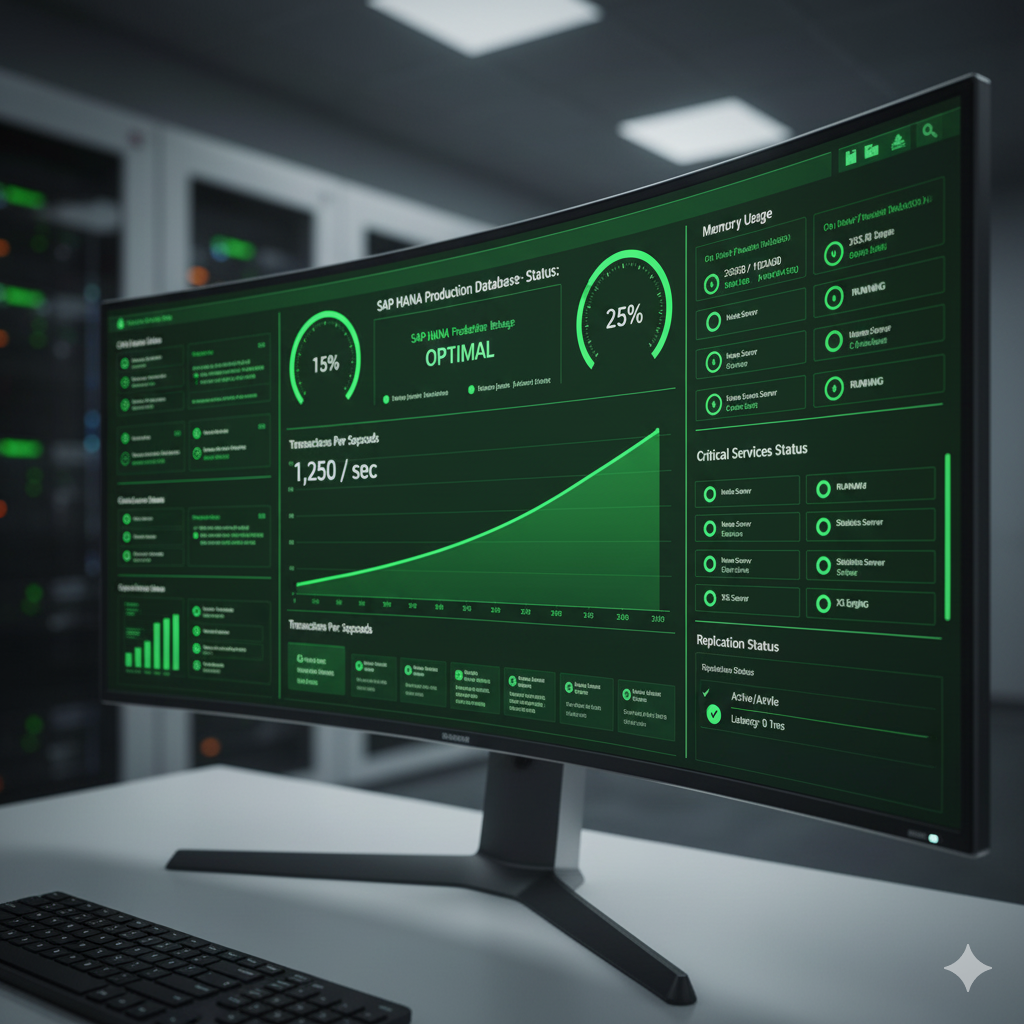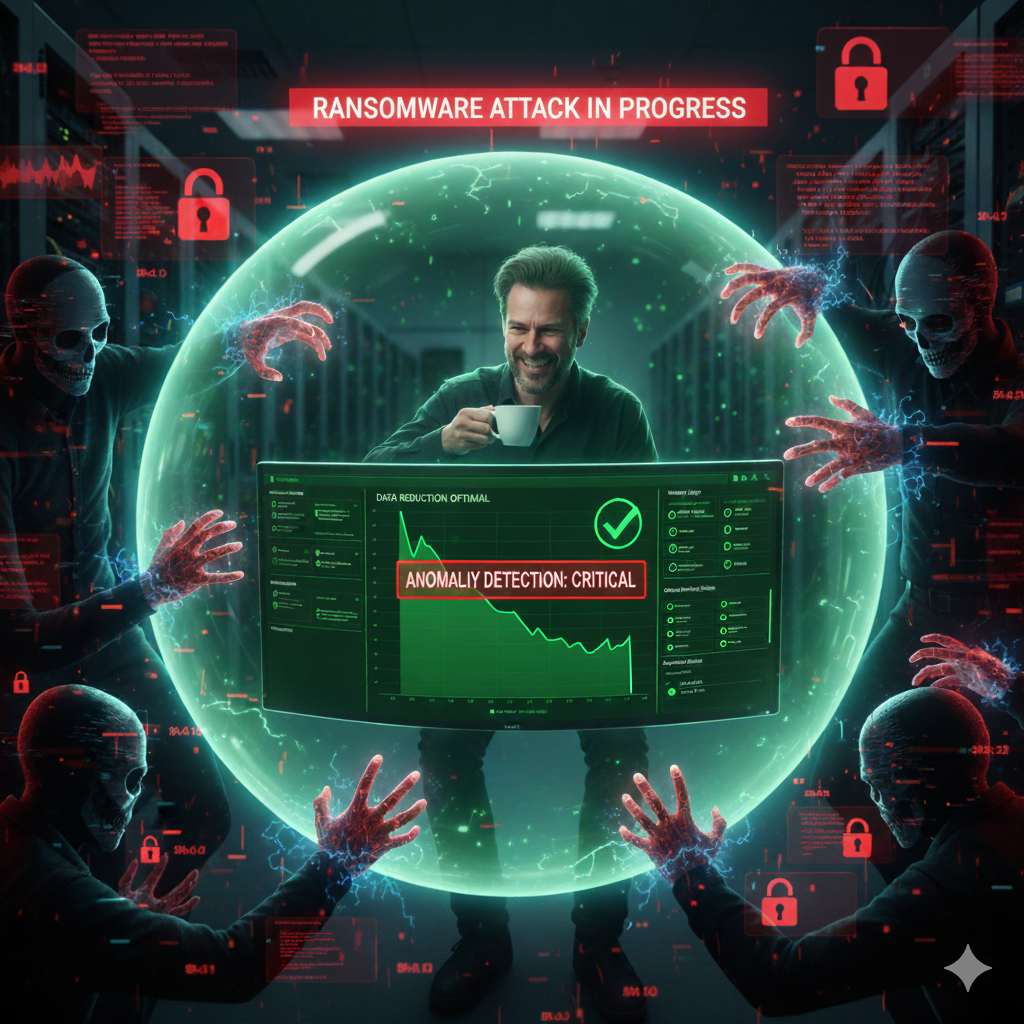Your Storage Isn't Slow - Your Application Has a Secret Drinking Problem
October 15, 2025
Your Storage Isn’t Slow. Your Application Has a Secret Drinking Problem.
We’ve all been there. A mission-critical application—the one that basically acts as the company’s cash register—is crawling. Reports that should take seconds are taking minutes, users are complaining, and all eyes turn to you, the infrastructure team.
The first finger always points at the storage. “It must be the array,” they say. “It can’t keep up.”

So you do your due diligence. You check the latency (it’s sub-millisecond). You check the IOPS and throughput (they’re barely breaking a sweat). You tell everyone the storage is fine, but nobody believes you. The application is slow, the storage is new—therefore, it must be the storage’s fault.
I’m here to tell you that more often than not, your storage isn’t the villain. It’s the only sober person in the room, telling you that your application has a secret drinking problem, and it’s been hiding the empties for years.
A Trip Down Memory Lane: The Case of the Rogue Report
Years ago, I worked with a customer running a heavy-duty (and very old) SAP environment. Their Dell Compellent array was on its last legs, losing 2-3 drives a week and screaming for help. The decision was made to migrate to a modern, all-flash platform.
The migration was a success. But the performance problem? It didn’t go away. The user experience was still poor, and now the customer was second-guessing their big, shiny new purchase. The pressure was on.
We did what every storage vendor does. We checked the iSCSI initiators, the MPIO configurations, the NIC drivers, the switch settings. We had religious debates about Fibre Channel vs. iSCSI. Nothing. The array insisted it was happy, but the application was still slow.
Frustrated, we finally brought in one of our best engineers to run a Wireshark trace. What we found was surreal.
We discovered a handful of rogue queries that were scanning an entire 80GB database table—without an index—just to retrieve a single, constant value. And they were doing this over and over, 24/7. It was the equivalent of reading an entire encyclopedia just to find out what year the War of 1812 was fought.
The culprit? A SAP Business Objects reporting server running in the development environment that someone had pointed at the production database back in 2012. For years, this rogue dev server had been secretly hammering the production environment, and the old spinning disk array was simply the first thing to break under the constant, unnecessary load.
We deleted the problematic reports, and the results were instantaneous. Throughput dropped to near-zero. Database cache-hit ratios shot up to 99%. The application was blazing fast.

The storage was never the problem. It was just the first and only thing that had a dashboard with a blinking red light.
From Detective Work to Active Resilience
That story is a perfect example of the old, reactive world of IT. The problem existed for years, and we only found it by spending weeks on painful, manual detective work. In today’s world, where a “rogue query” is more likely to be a ransomware encryption process, we don’t have weeks. We have minutes.
This is where the conversation has fundamentally changed. Your storage platform shouldn’t just be a silent witness to a crime; it needs to be an active part of your security team.
With Pure Storage, this isn’t just a marketing slide. It’s reality.

- You get built-in anomaly detection. That constant, high-throughput read I saw in 2017? Today, Pure1’s AI-driven engine would flag that abnormal I/O pattern immediately. It would see that your data reduction rates suddenly dropped to 1:1 and alert you that your data is likely being encrypted. It turns your storage into an early warning system.
- You get an immutable last line of defense. The most valuable lesson from that old SAP story was the power of snapshots and clones. The “fix” was to give the dev team instant, space-less clones of the production database so they could do their work without touching the live environment. This not only keeps production safe but also provides a convenient, non-confrontational opportunity to slide a note to the DBA team that says, “Hey, while you’re in there, maybe you could… you know… index the frigging table?” Just a thought. 😉 This is the exact same principle that protects you from ransomware today. With SafeMode™ snapshots, you have a clean, untouchable copy of your data that even a rogue admin (or an attacker with their credentials) cannot delete.
- You get instant, surgical recovery. In the old days, if a database was corrupted, the answer was a full, time-consuming restore from a backup. Today, if a ransomware attack hits, you don’t need to restore anything. You simply promote a clean snapshot from one minute before the attack. The “recovery” is instantaneous. You’re not “rebuilding” for days; you’re back online in the time it takes to grab a cup of coffee.
The moral of the story hasn’t changed. More often than not, the problem isn’t your storage. But the way we find and fix that problem has been revolutionized. It’s time to stop blaming the blinking red light and start investing in a platform that can tell you who’s causing the fire and give you the tools to put it out instantly.